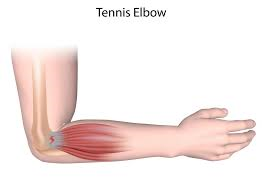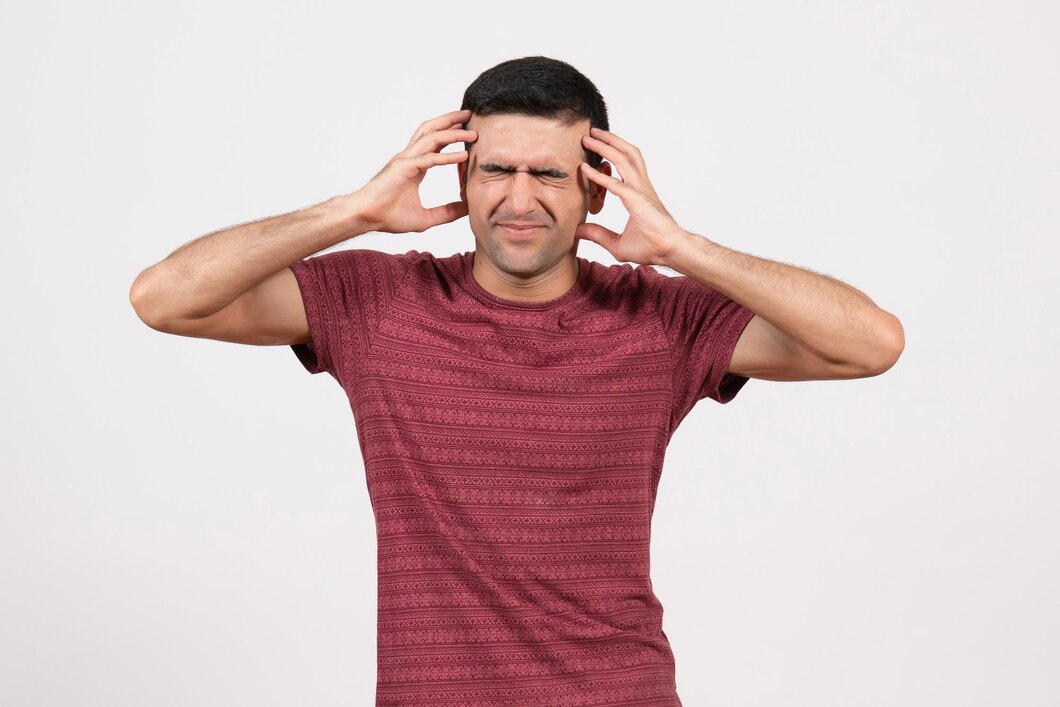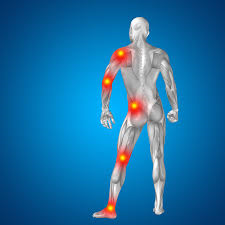BODY CARE PHYSIOTHERAPY AJAX – TOP PAIN & INJURY TREATMENT CENTER
TENNIS ELBOW – AJAX
Tennis Elbow Pain Therapy at Body Care Physiotherapy Ajax

Tennis elbow, clinically known as lateral epicondylitis, is a common condition characterized by pain and tenderness on the outer part of the elbow. Despite its name, tennis elbow isn’t limited to tennis players; it can affect anyone who repeatedly uses their forearm muscles and tendons. This overuse leads to inflammation and microtears in the tendons connecting the forearm muscles to the lateral epicondyle, a bony prominence on the outer side of the elbow.
Causes and Risk Factors
The primary cause of tennis elbow is repetitive stress on the forearm muscles and tendons. Activities that involve gripping, lifting, or twisting motions—such as playing sports, using tools, or even frequent computer use—can contribute to the development of the condition. Risk factors include:
- Occupational activities: Jobs that require repetitive arm movements or heavy lifting.
- Sports: Tennis is a common cause due to the repetitive swinging motion, but other racquet sports and activities involving similar motions can also be culprits.
- Poor technique: Incorrect techniques in sports or other repetitive activities can increase strain on the elbow.
- Age: The condition is most commonly seen in individuals between the ages of 30 and 50.
Symptoms
The hallmark of tennis elbow is pain on the outer part of the elbow, which may radiate down the forearm. Symptoms include:
- Pain and tenderness: Especially over the lateral epicondyle and when touching the elbow.
- Weakness: Difficulty with gripping objects, opening jars, or shaking hands.
- Stiffness: Elbow joint stiffness, particularly in the morning or after periods of inactivity.
- Pain with movement: Discomfort when performing activities that involve wrist extension or gripping.
Diagnosis
Diagnosing tennis elbow involves a thorough physical examination by a healthcare professional, who will assess the location of the pain and evaluate the range of motion. In some cases, imaging tests such as X-rays or MRI may be recommended to rule out other conditions like fractures or arthritis.
Treatment Options
Effective treatment for tennis elbow often involves a combination of approaches:
- Rest and Activity Modification: Avoid activities that exacerbate the pain. Resting the elbow and modifying your activities can help reduce inflammation and promote healing.
- Ice Therapy: Applying ice packs to the elbow for 15-20 minutes several times a day can help reduce swelling and numb the pain.
- Physical Therapy: A tailored physical therapy program can strengthen the forearm muscles, improve flexibility, and correct any technique issues. Therapies may include stretching exercises, strengthening exercises, and techniques like ultrasound therapy or dry needling.
- Medications: Over-the-counter pain relievers, such as ibuprofen or acetaminophen, can help manage pain and reduce inflammation.
- Bracing: A forearm brace or elbow strap can reduce strain on the elbow and alleviate symptoms by resting the affected tendons.
- Injections: For persistent pain, corticosteroid injections may be used to reduce inflammation. In some cases, other injections like platelet-rich plasma (PRP) may be considered.
- Surgery: If conservative treatments fail after 6-12 months, surgical options might be explored. Surgery typically involves removing degenerated tissue or repairing damaged tendons.
Prevention
Preventing tennis elbow involves avoiding repetitive stress on the elbow and improving technique. Key preventive measures include:
- Proper Technique: Whether in sports or occupational tasks, using proper techniques and equipment can reduce the risk of injury.
- Strengthening Exercises: Regularly strengthening and stretching the forearm muscles can help prevent overuse injuries.
- Ergonomic Adjustments: Making ergonomic adjustments in your workspace or using tools with proper handles can reduce strain.
When to Seek Professional Help
If you experience persistent pain or difficulty with daily activities due to elbow discomfort, it’s important to consult a healthcare professional. Early intervention can prevent the condition from worsening and improve your overall prognosis.
At Body Care Physio & Rehab, our experienced team is dedicated to providing personalized care and effective treatments for tennis elbow. Contact us today to schedule an appointment and take the first step toward relief and recovery.
___________________________________________________________
Experience the Best Physiotherapy Ajax offers!
Comprehensive Care for Your Recovery & Wellness – Physiotherapy Ajax
At Body Care Physiotherapy Ajax, we prioritize patient care, offering state-of-the-art treatments and a compassionate approach to recovery. Whether you’re dealing with an injury, chronic pain, or mobility issues, our expert team is here to help.
Book Your Appointment Today!
Take the first step toward a healthier, pain-free life. Contact Body Care Physiotherapy Ajax to schedule your consultation and experience the transformative benefits of physiotherapy!
At Body Care Physiotherapy Ajax we go beyond traditional care to provide expert physiotherapy, chiropractic care, osteopathy, and specialized treatments for your recovery. Whether you’re dealing with back pain, joint pain, headaches, or post-op rehab, our multidisciplinary team is here to help.
We offer advanced therapies like acupuncture, shockwave therapy, Bioflex laser therapy, cupping therapy, and vestibular therapy to accelerate healing and restore function. Our massage therapy, balance training, and kinesio taping methods provide hands-on relief and improved mobility.
For additional support, we provide custom orthotics, braces, and compression stockings to aid long-term recovery and injury prevention. If you’re recovering from a motor vehicle accident (MVA therapy) or workplace injury (WSIB), our tailored rehabilitation plans ensure the best possible outcomes.
Your health and well-being are our priority—experience personalized, effective care with Body Care Physiotherapy Ajax today.






















